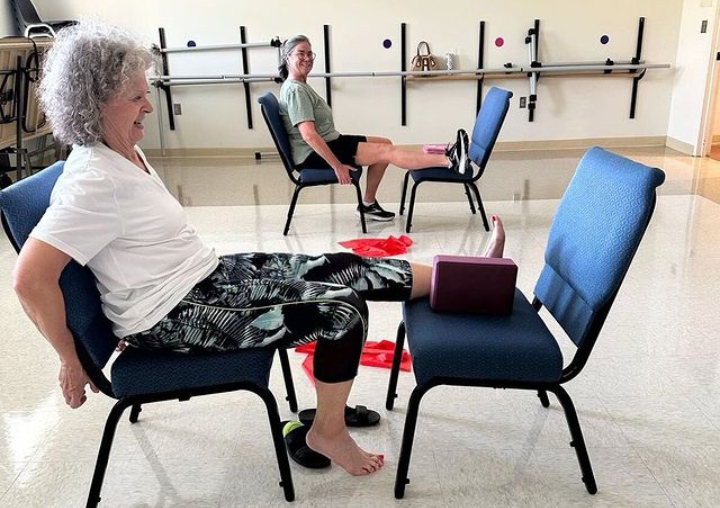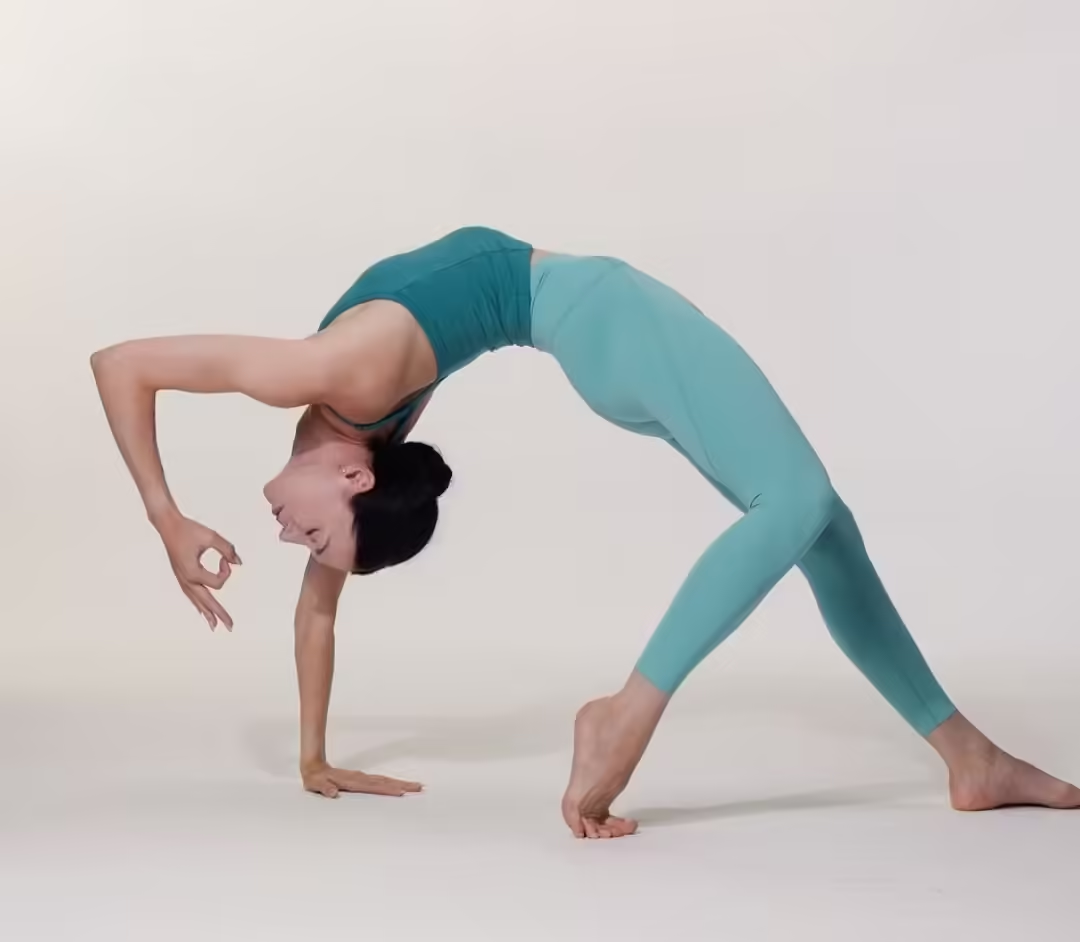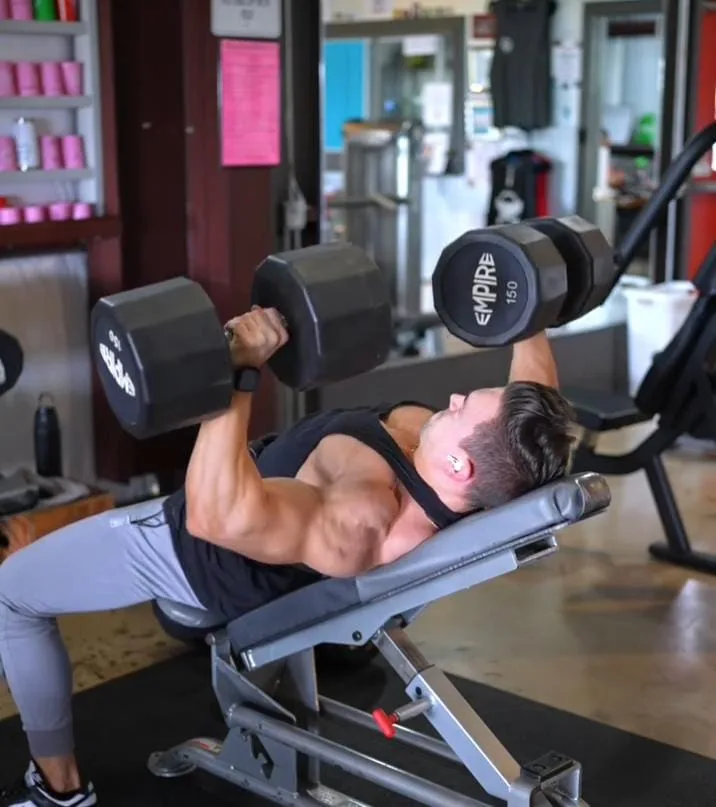Table of Contents
A specific lower-body workout that targets the quadriceps, hip flexors and core stability, is the sit-up squat. In contrast to conventional squats, which work a variety of muscle groups, and enable a more organic movement pattern sissy squats target the quadriceps by isolating them with a deliberate action. This exercise increases the pressure on the muscles of the front thighs by requiring you to bend backward while maintaining a forward knee stance.
Benefits:
The quadriceps Strength: Focuses primarily on strengthening the quadriceps.
Balance and Flexibility: Increases ankle and knee suppleness and balance.
Core Engagement: To keep balance, and correct form core stability is necessary.
How to do Sissy Squats.
Setup.
Stand with feet approximately shoulder-width apart. You may want to hold onto something fixed, like a squat rack or barbell, for balance.
Step 1: Dip and Reach
What to Do : It begins by bending the knees and slowly leaning back that way you are lifting your heels from the ground.
Tip: Have your arms forward to assist in balancing and stabilizing you.
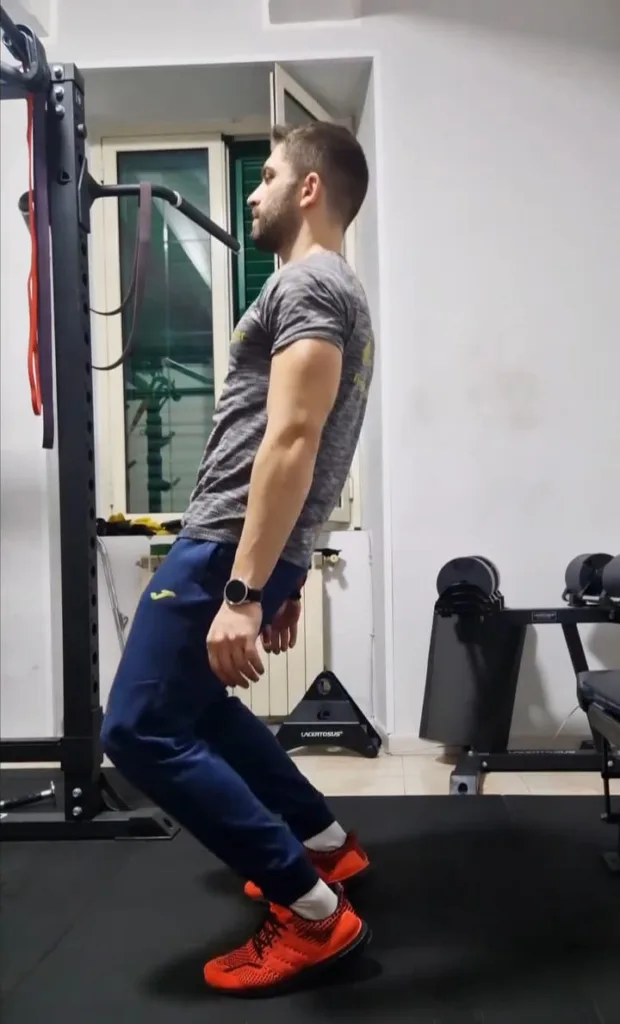
Step 2: Lower Down
What to Do: Lower down as low as possible while maintaining control of keeping your knees over your toes. If you are still getting accustomed to this movement you can lightly hang onto your support.
Tip: Use the support more as a guide, letting your quads do most of the work.
Step 3: Stop and Stand.
What to Do: As you drop down into your lowest point, pause there for a moment, then push through your quads to stand back up.
Tip: Stand up squatting with your quads, don’t try to push or pull yourself up with your arms or your shoulders.
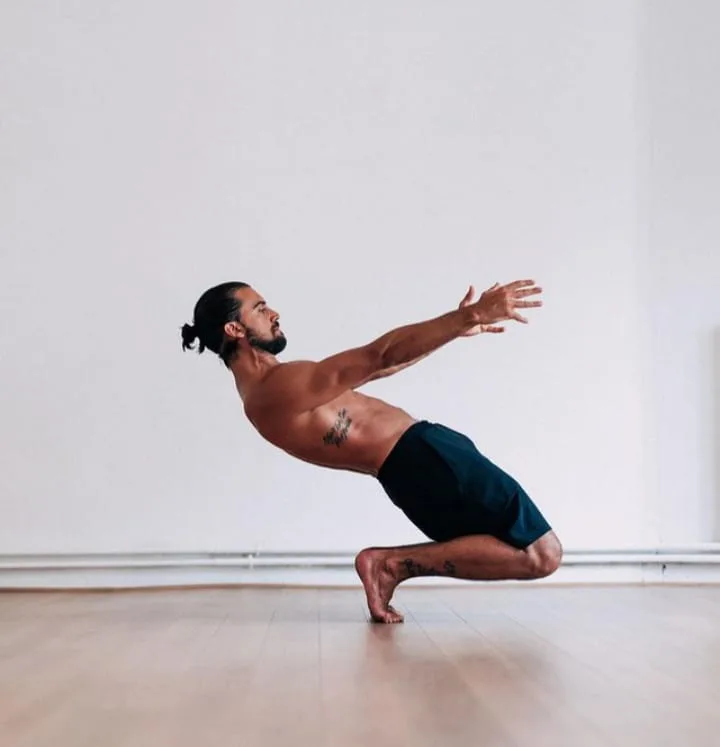
Tips for Success
Control: Move slowly and in control to get the most of each repetition without getting injured
Form: Should keep straight back and never lean too backward as the form will be bad also no balance.
Common Mistakes
Common Sissy Squat Mistakes
- Not Squeezing Your Torso
A perfect sissy squat needs to have braced torso, meaning you have to engage your torso during the movement. Make sure you extend your hips (squeezed glutes) and your core until the end for stability. - Minimizing Knee Movement
Allow your knees to extend beyond your toes, a common occurrence during the sissy squat. When you feel discomfort, do not push through; stop immediately if you have a severe pain, and seek a doctor for consultation. - Over-Retract Back End
Balance is everything when doing sissy squats. Lean back so far that you can centre your mass but not so far that you might fall. Try to just get the right balance of leaning back and keeping your body centered.
Sissy Squats at Home
Sissy squats are a good bodyweight exercise you can perform at home in order to tighten your quadriceps and improve your balance. Here’s how you can perform them:
Step 1: Bend Down
Go down onto your knees and stretch back. Your heels should stay off the ground, and your knees should be aligned with your toes. Stretch your arms, out in front to balance yourself.
Step 2 : Lower Down
Push down as low as you can, without letting your knees lose their forward moving potential to induce pain. Gently clutch onto your support if you require it.
Step 3: Stand Up
End at the bottom, then push through your quads to return to standing. At that point, focus on using your quadriceps versus lifting yourself with your arms or shoulders.
Tips: Be slow and controlled to maximize the benefits and avoid any form of injury.
Sissy Squats with Smith Machine
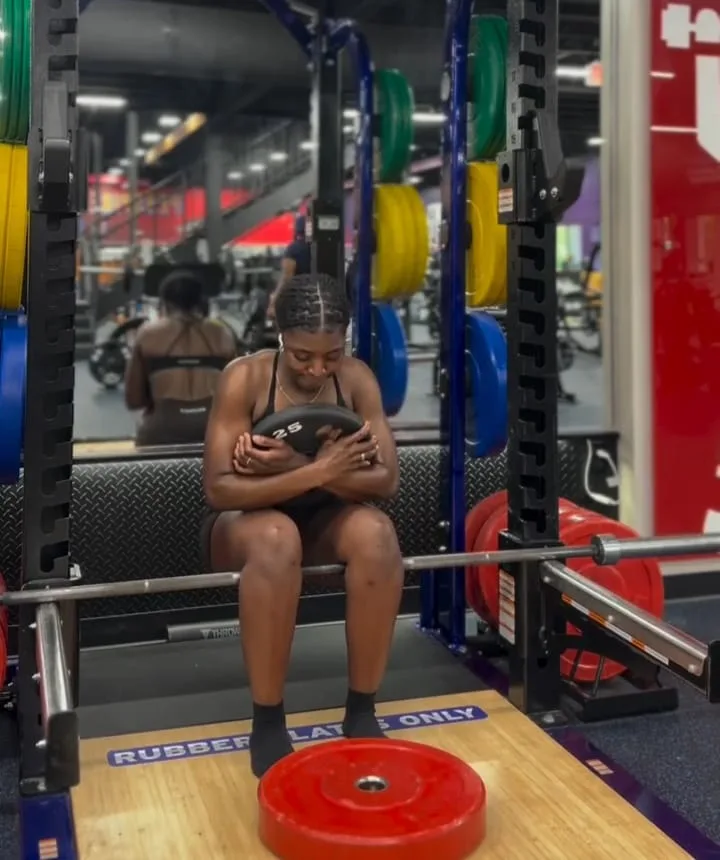
- Setup: with the Smith Machine bar set up at shoulder height.
- Setup the Bar: Place the bar across your upper back, shoulders. Position the bar as you would for a back squat.
- Execution: Stand tall, head and chest forward. Begin to bend your knees, keeping your hips in line with your torso, and your knees aligned with your shoulders.
- Lean Back: You will lean back a little, allow yourself to go onto your toes as you continue bending your knees.
- Lower Down: As you lower down you will find a place you are comfortable going into, ideally until your knees are just above the ground, or reach your personal range of motion.
- Return to Start: You drive through your toes as you lift up from there back up to the start position, maintaining your alignment with your shoulders so that it just goes straight in every move.
This workout engages your quads as well as impacts balance and stability.
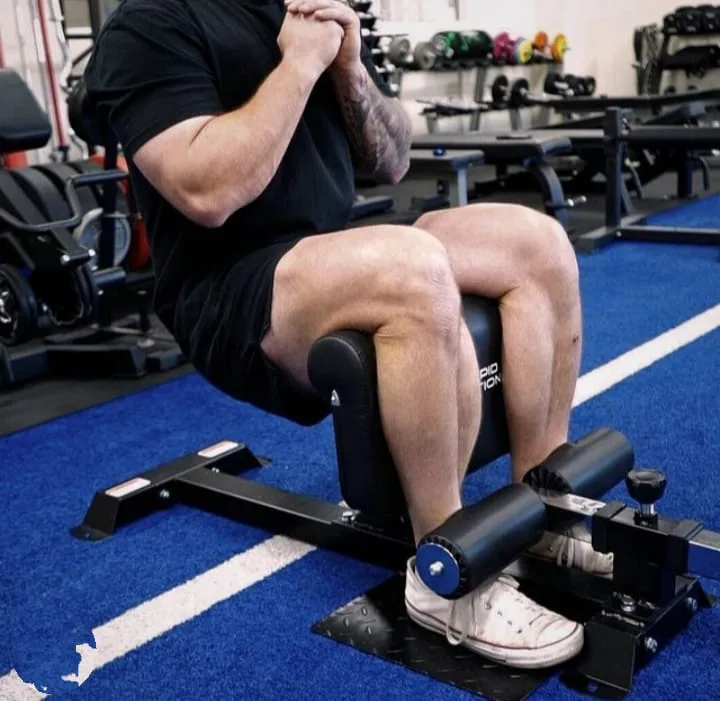
Are Sissy Squats bad for knees
While sissy squats do not have to pose a threat to the knees, if done with proper form, and technique, it is not safe for everyone.
Potential Risks:
- Excessive Knee Movement Forward : Sissy squats take more work into moving the knees beyond the toes, which could put extra pressure on the knee joints if it is not done properly.
- Wrong Form: Slouching your back too far back or not at all puts unnatural wear and tear on the knees and other joints.
Caution:
- Good Form: Maintain good form—your back should be straight, knees over the toes, and not leaning back too far.
- Range of Motion: Lower down only to comfortable places and do not attempt to force through painful ranges of motion.
Flexibility Strength and Development Strengthen your quadriceps, hamstrings, and core to provide the support needed in knee mobility to stabilize them.
Recommendation:
For pre-existing conditions concerning knees or any experiences of pain when trying to do sissy squats, consult a doctor. Some might find an alternative solution like doing squats in the very classic way or leg press as an easy substitute.
Sissy Squats Muscles Worked
Quadriceps
Hip Flexors
Core
Glutes
Calves
Benefits of Sissy Squats
- Leg Hypertrophy: The Smith Machine sissy squat is very good for targeting and isolating the quadriceps, letting them grow a lot better than regular back squats. This isolation helps towards the achievement of highly defined, powerful legs, great for bodybuilding or just aesthetics in general.
- Strong Hip Flexors: Even though the exercise specifically targets the quads, it also engages hip flexors. These exercises are a good way of keeping these muscles strong since they are involved in acting such as walking, running, and bending, which usually results in lower back and hip pain.
- Better Knee Health While it is a widespread myth that squats will harm knees, sissy squats are actually supposed to benefit knee health. This exercise can alleviate pain in the knee joint and increase mobility in a direct stimulation of knee movement with those who are just developing problems due to conditions such as arthritis.
- Improved balance. That extra stability of the Smith Machine is that much more advantageous when the beginner or someone who does not have a good balance of his ability to do the sissy squat does this with greater safety in order to avoid falling.
- More stable core: The flexibility or looseness of the abdominal muscles determines one’s ability to stabilize oneself in doing many exercises or simply performing routine activities. The sissy squat tones and strengthens the abdomen, thus improving the balance and posture.
You may also like to read this: How to Do Bridge Pose: A Beginner’s Guide
Disclaimer:
It is important to take a few safety measures before incorporating sissy squats, into your exercise regimen in order to guarantee both safety and efficacy. Seek individualized advice on appropriate form and technique by speaking with a licensed physical therapist, or experienced fitness trainer, particularly if you have any underlying medical concerns. Before adding resistance, begin with bodyweight exercises to ensure proper form. Pay attention to your body at all times, stop if you feel pain or discomfort, and get medical help if necessary. Make sure to warm up your muscles and joints thoroughly before beginning, any exercise and keep your posture perfect the entire time to prevent straining yourself.
For any kind of fitness training, fitness tips, strength training, click here. (Trusted partner)
Frequently Asked Questions (FAQs)
What do Sissy Squats work?
Quadriceps, Hip Flexors, Core, Glutes, Calves
Do Sissy Squats strengthen knees?
Sissy squats, in themselves can be useful to strengthen the knees, though they need to be undertaken cautiously.
Why Sissy Squats are bad?
Like any form of exercise, if sissy squats are executed improperly, there is a chance it can lead to problems with your knee. When sissy squats are done correctly and with appropriate resistance, they have the effect of strengthening and stabilizing the knees.
Are sissy squats dangerous?
They are not, but if approached in a wrong from or method it can lead to injuries. So it is advisable to always consult a trainer and perform with every possible precautions.
Are sissy squats good for athletes?
Of course, sissy squats do reflect some benefits to the athletes. They play a significant role in enhancing the balance and stability in athletes, two important aspects of peak athletic performance. Furthermore, sissy squats prove efficient in focusing on the specific quadriceps muscles. This kind of focused muscle development helps to strengthen both the legs along with their powers and stability, which may in turn contribute to better sports performances and athletic skills. This could be ensured by having the athletes include sissy squats in their training program, thus establishing a firmer base and, consequently, improving their movement efficiency with minimal injury.

Ankush Kumar is a professional content writer and the founder of Healthnick.com. He is a health and wellness enthusiast with a deep interest in nutrition, fitness and holistic living. Harish is committed to delivering research-based insights on various health topics. He enjoys exploring new trends in health, experimenting with nutritious recipes, and staying active.


